What a head-spinning ‘disaster summer’ this has been!
We’ve been incredibly busy here at EVAQ8, putting together disaster preparedness solutions for people, businesses and, most recently, aid organisations. Only now do I find a moment to sit back and reflect on this summer’s long list of disasters and their unprecedented cost to humanity. Continuity Central provides excellent, sobering and thought provoking monthly summaries on the global impact of natural disasters.
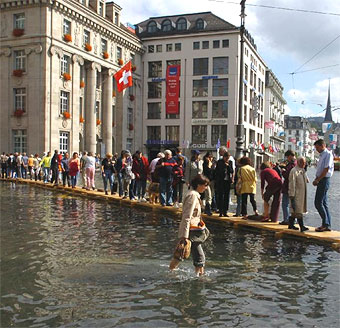 July:
July:
Widespread flooding through Europe affected Bulgaria, Romania, the Netherlands, the UK, Switzerland, Slovakia, and Croatia. In Asia, Super Typhoon Rammasun and Typhoon Matmo raged in addition to excessive seasonal rains affecting vast regions.
On the other hand, drought conditions worsened in China and the Washington Carlton Complex Fire became the largest wildfire in state history.
August:
Iceland’s Volcano Bardarbunga stirred. Earthquakes struck around the world, for example 6.0 San Francisco, 6.1 Yunnan Province Chine, 5.1 near Quito Ecuador, 6.9 southern Peru, 5.6 in Algeria and 5.4 in South Africa. Severe weather events and floods submerged the Italian village of Refrontolo and inundated Denmark and southwestern Sweden – comparatively ‘mild’ impacts compared to Africa with widespread flooding across the Niger region and heavy losses throughout Asia. And then there was Super Typhoon Halong in Japan, hurricane Iselle making landfall on Hawaii’s Big Island and multiple tornado touchdowns in the US. In contrast, drought hit Sri Lanka and Guatemala impacting agriculture.
 September:
September:
Massive flood damage continued through large areas of Asia especially India and Pakistan while remnants of Hurricane Norbert and Tropical Storm Dolly generated flash floods in Arizona, Nevada and California. Hurricane Odile impacted Mexico’s Baja Peninsula, Typhoon Kalmaegi made separate landfalls in the Philippines, China, and Vietnam and Tropical Storm Fung-Wong brought torrential rains to the Philippines, Taiwan, and China. Wildfires burnt across northern California and in Japan, Mount Ontake erupted.
Disasters do not Respect Borders – no one is immune
… and if all these severe weather events and natural disasters were not enough,
there is also Ebola – according to the WHO
“Ebola – the most severe acute health emergency of modern times”
This is not scare mongering. It won’t be long until we have the first Ebola case(s) here in the UK. The warnings are stern and from reliable sources: “Ebola Crisis – disease will be in Britain by Christmas, warns Health Secretary Jeremy Hunt” writes The Telegraph while New Scientist says that Ebola deaths will peak before there is a vaccine, with a possible 1 million cases projected.
Thankfully, the UK is in a much better position to deal with Ebola than most nations.
There is no reason for panic – but there is
every reason to be aware and informed – every reason to be prepared and equipped
What does it mean to be prepared for Ebola?
be informed – stay up-to-date – and remain critical of your information sources
There is a lot of information out there, too much almost and it’s difficult to make sense of it all. Official channels such as the WHO, UK Gov, the NHS and the CDC are a good place to start and come back to as they are updated on a regular basis. To lift your perspective also read up on stories of Ebola survivors, for example British Red Cross Blog What is it like to survive Ebola? While a very serious threat, Ebola does not kill everybody that is infected, especially if caught and treated early.
Emergency and Disaster Planning for Ebola is similar to planning for pandemics. Guidance is readily available and can be adapted to your particular situation. For example see the UK Gov guidance on pandemic flu or US sources (flu.gov) such as information for Employees and Employers with regards to Pandemic Emergency Planning in the Workplace or in a more wider sense Pandemic Preparedness for Communities, Schools, Transportation and Health Professionals.
Reliable Diagnosis of Ebola
It takes upwards of three weeks for infected patients to begin showing signs of Ebola. Just because someone has a fever and is feeling ill does not mean they are infected with Ebola. There are a lot of misconceptions out there so be aware and help break the cycle of panic. Reliable diagnosis is by blood test. Researchers are working furiously to perfect rapid diagnostic tests for Ebola which may become more widely available. The NHS 111 helpline number now screens for Ebola (Guardian) but there may be problems with accuracy as pointed out by the GPC chairman Dr Chaand Nagpaul (GP online). New methods are being trialled everyday, for example today the Guardian reports that Skype is being used to consult with patients in Manchester.
Hygiene and Infection Control – limit the spread of Ebola
Hand and surface disinfection is crucial.
There are a number of reliable products available to everybody, for example Clinell (also see their Ebola statement).
In addition, there are practical solutions for Infection Control.
Finally, keep your Emergency Go Bag and 72-hour Emergency Kit stocked and up-to-date. For more information on that aspect please visit our Disaster Preparedness Information portal Emergency Plan.
If you also need to consider Business solutions, visit our page for Business Continuity.
Ebola and natural disasters affect us all, indirectly at the very least.
 Don’t lose time, be informed and get equipped today. Talk to your friends, collegues and neighbours and help raise awareness for disaster preparedness. Help dispel myths and get the right information and attitude across no matter how young or old you are. Social support is absolutely crucial in Disaster Preparedness and Resilience – something I will address again in my next post.
Don’t lose time, be informed and get equipped today. Talk to your friends, collegues and neighbours and help raise awareness for disaster preparedness. Help dispel myths and get the right information and attitude across no matter how young or old you are. Social support is absolutely crucial in Disaster Preparedness and Resilience – something I will address again in my next post.
Have a good week. Stay safe. Be prepared.
Monika
Tweet
thank you for sharing, raising awareness for Emergency & Disaster Preparedness!
For more EVAQ8 blog simply use the right hand navigation. For emergency kits and practical resources use the top navigation. For FREE resources head over to our Preparedness Hub and find out why we use humour. If you like this post, please share it to help raise awareness for Emergency and Disaster Preparedness. Thank you!
Find EVAQ8 on social media, like and follow us!



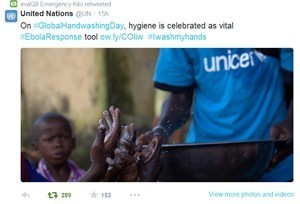
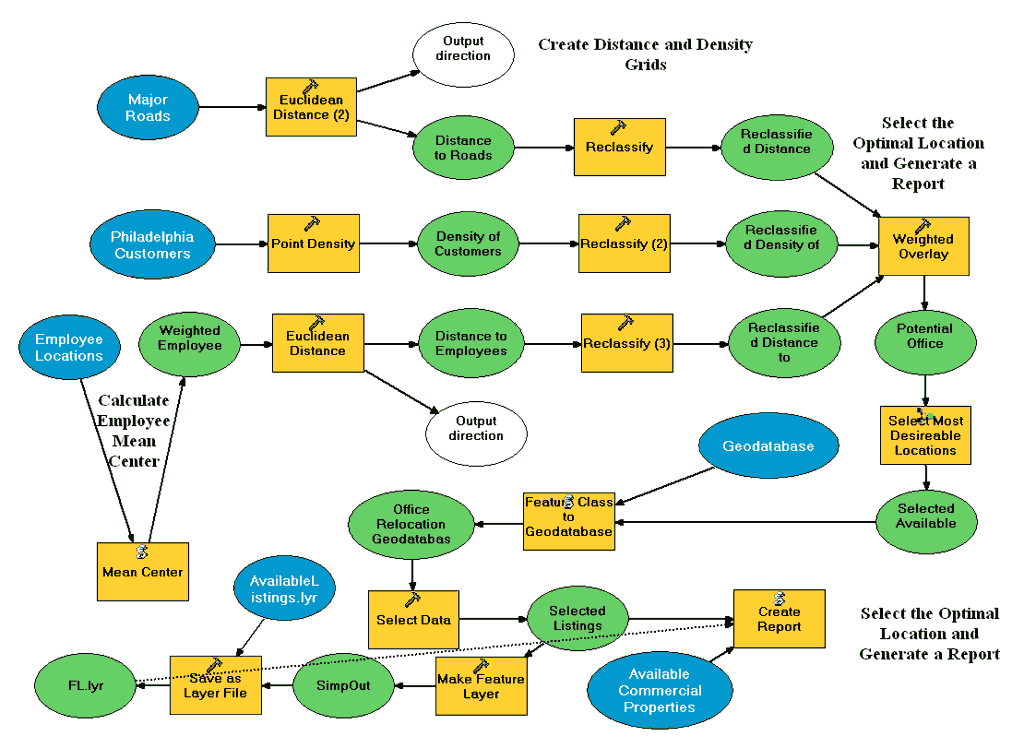 Business Continuity Management or BCM is often treated as a subset of risk management. Up to a point this holds, for in Risk Management (ISO 31000) risk identification is the first key step in risk assessment that leads to the selection of appropriate risk treatments based on the best available information. Problems arise here, however, when ‘best available information’ is not good enough or absent. This is often the case in today’s world of complex and often hidden or fast developing threats both man-made and natural disasters.
Business Continuity Management or BCM is often treated as a subset of risk management. Up to a point this holds, for in Risk Management (ISO 31000) risk identification is the first key step in risk assessment that leads to the selection of appropriate risk treatments based on the best available information. Problems arise here, however, when ‘best available information’ is not good enough or absent. This is often the case in today’s world of complex and often hidden or fast developing threats both man-made and natural disasters.
 This week, she reports that the LA County Office of Emergency Management launches a campaign asking faith-based community organizations to host disaster-preparedness events. US Churches, synagogues and mosques may soon help residents to prepare for what they call ‘the big one’ – an earthquake, tsunami or other major incidents.
This week, she reports that the LA County Office of Emergency Management launches a campaign asking faith-based community organizations to host disaster-preparedness events. US Churches, synagogues and mosques may soon help residents to prepare for what they call ‘the big one’ – an earthquake, tsunami or other major incidents.
 MIT researchers Schwartz and colleagues who made these findings also think that the links between social interest, better mental resilience and reduced stress are in turn related to augmented self-confidence, an increased ability to be able to reframe one’s own experience and perceive greater meaning in life. Yet more evidence comes from the influential Hawaiian longitudinal study I mentioned in my earlier
MIT researchers Schwartz and colleagues who made these findings also think that the links between social interest, better mental resilience and reduced stress are in turn related to augmented self-confidence, an increased ability to be able to reframe one’s own experience and perceive greater meaning in life. Yet more evidence comes from the influential Hawaiian longitudinal study I mentioned in my earlier 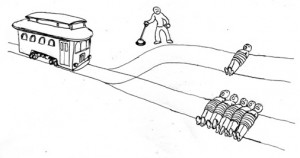
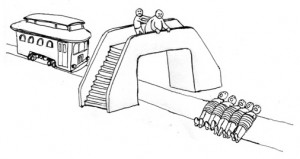
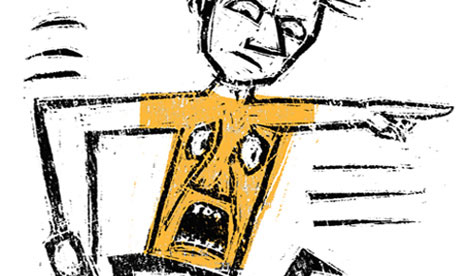

 Feeling fear is inevitable.
Feeling fear is inevitable. Go play, have fun – in the real world out there and away from virtual reality screens at least 90% of the time. Try completely new activities – and get good at them. Any new skill or trick you add to your toolbox will come in handy at some time in some way.
Go play, have fun – in the real world out there and away from virtual reality screens at least 90% of the time. Try completely new activities – and get good at them. Any new skill or trick you add to your toolbox will come in handy at some time in some way.
 Finding the right kind of optimism is the real challenge here. Optimism is not just one thing. It is complex and means different things to different people. Optimism is interesting because it comes in different flavours and shades. Contrary to popular belief, ‘resilient’ optimists do not view the world simply through rose-tinted-glasses. Resilient optimists acquire a certain kind or flavour of ‘realistic optimism’ that is just right – the ‘magic’ Goldilocks principle: just right.
Finding the right kind of optimism is the real challenge here. Optimism is not just one thing. It is complex and means different things to different people. Optimism is interesting because it comes in different flavours and shades. Contrary to popular belief, ‘resilient’ optimists do not view the world simply through rose-tinted-glasses. Resilient optimists acquire a certain kind or flavour of ‘realistic optimism’ that is just right – the ‘magic’ Goldilocks principle: just right. Wishing you an imaginative and inspiring weekend, and apologies if the above feels a bit like a roller-coast ride; as a mental agility exercise it was meant to be and hopefully also entertaining, thought- and action provoking. Monika
Wishing you an imaginative and inspiring weekend, and apologies if the above feels a bit like a roller-coast ride; as a mental agility exercise it was meant to be and hopefully also entertaining, thought- and action provoking. Monika 
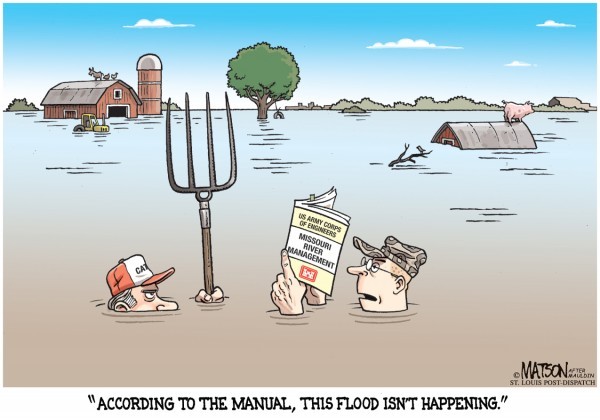


 As a somewhat removed Swiss observer yet from ‘within so to speak as someone who lives here I am continually amazed at the British: the speed and boundless generosity with which communities have come together, pooling resources and sheer man (and woman and child!) power to help each another as well as to offer help across wider areas. In fact, generosity is and was so overwhelming that this morning the local newspaper
As a somewhat removed Swiss observer yet from ‘within so to speak as someone who lives here I am continually amazed at the British: the speed and boundless generosity with which communities have come together, pooling resources and sheer man (and woman and child!) power to help each another as well as to offer help across wider areas. In fact, generosity is and was so overwhelming that this morning the local newspaper 



